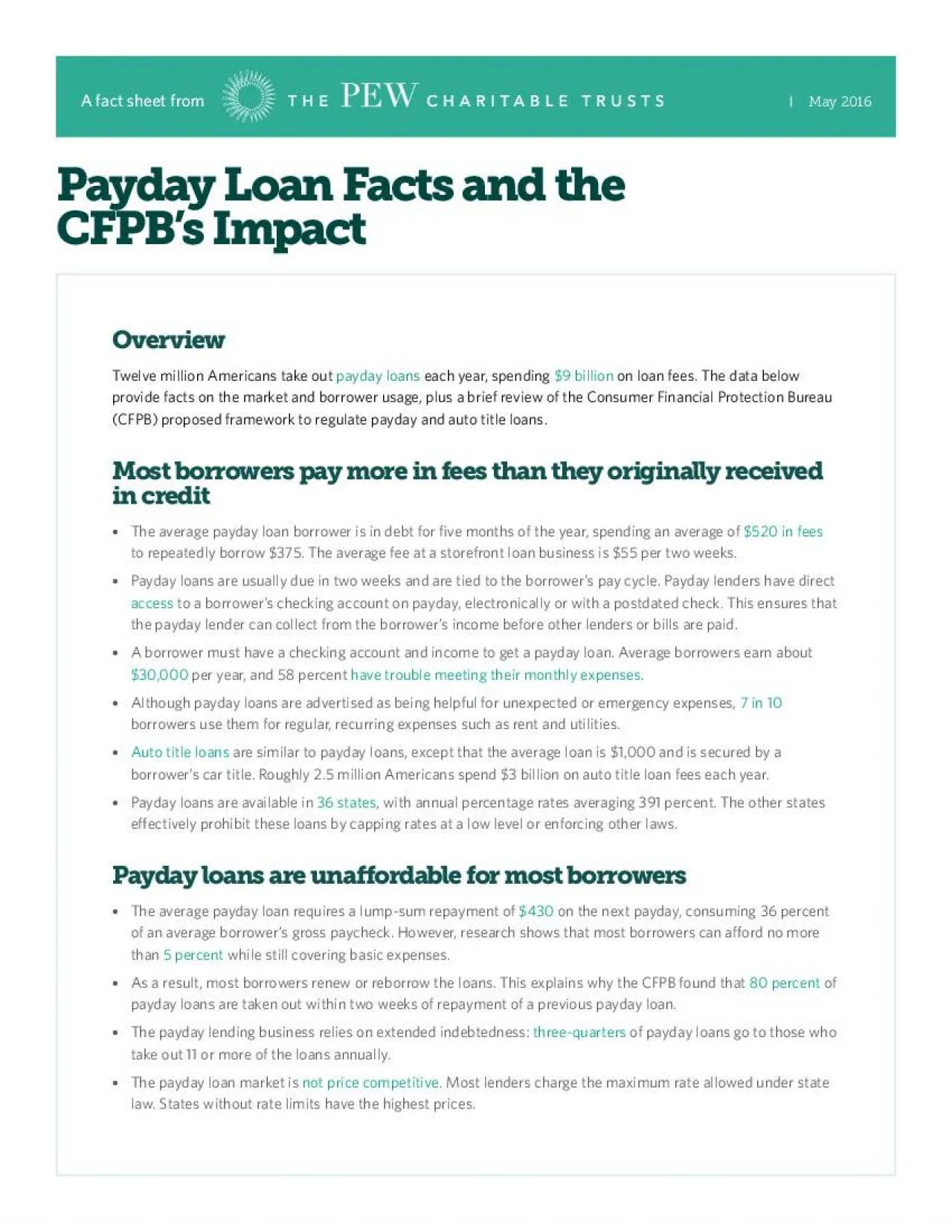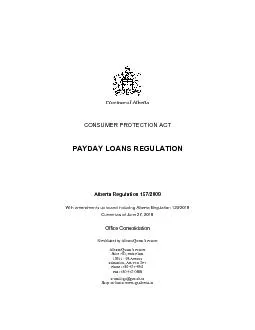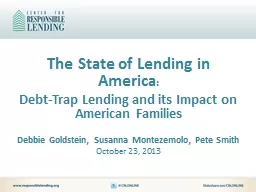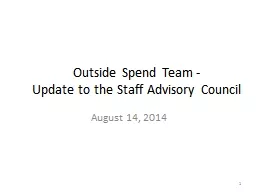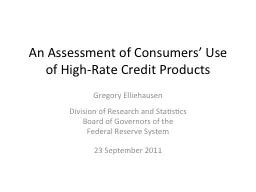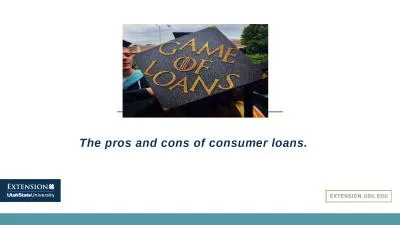PDF-OverviewTwelve million Americans take out payday loans each year spend
Author : unita | Published Date : 2021-10-07
A fact sheet fromMay 2016Colorado146s payday loan reform improved a31ordability lowered prices and kept credit availableIn 2010 Colorado law replaced conventional
Presentation Embed Code
Download Presentation
Download Presentation The PPT/PDF document "OverviewTwelve million Americans take ou..." is the property of its rightful owner. Permission is granted to download and print the materials on this website for personal, non-commercial use only, and to display it on your personal computer provided you do not modify the materials and that you retain all copyright notices contained in the materials. By downloading content from our website, you accept the terms of this agreement.
OverviewTwelve million Americans take out payday loans each year spend: Transcript
Download Rules Of Document
"OverviewTwelve million Americans take out payday loans each year spend"The content belongs to its owner. You may download and print it for personal use, without modification, and keep all copyright notices. By downloading, you agree to these terms.
Related Documents

